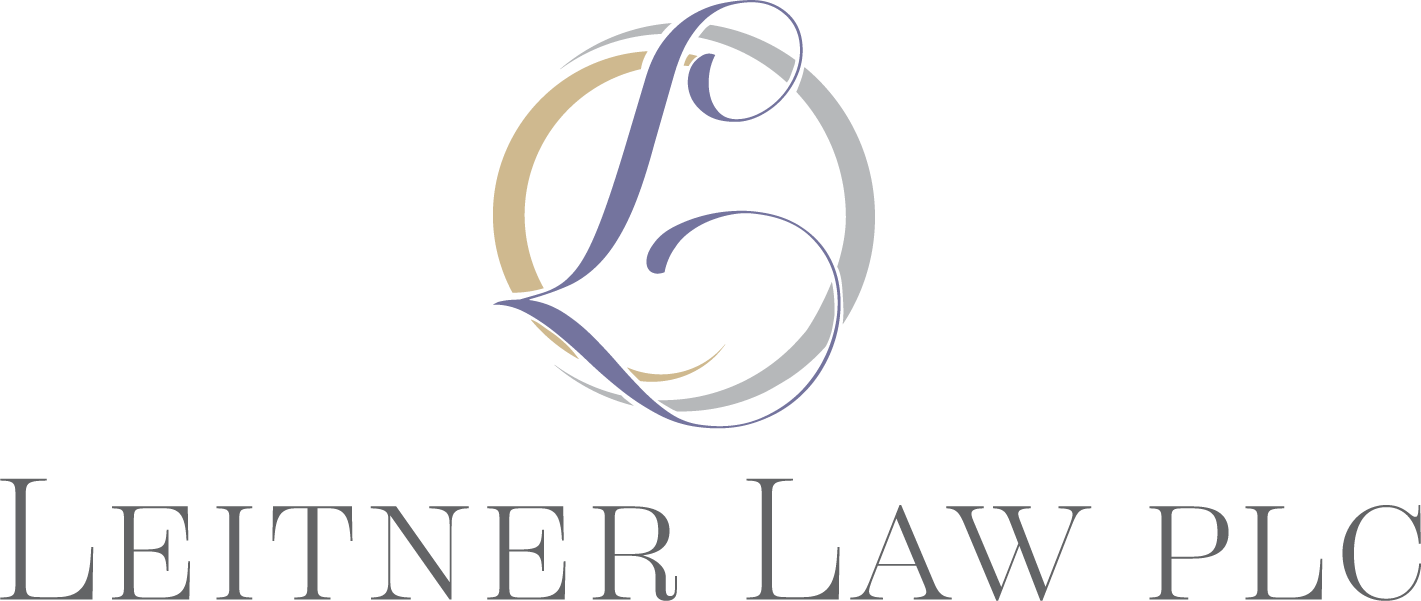If You Don't Want an IRA Distribution, You Can Donate It to Charity and Save on Taxes
Not everyone wants to take the required minimum distributions from their retirement accounts right away. If you don’t want your distribution, one option is to donate it to charity and get a tax deduction.
You are required to begin taking distributions from your tax-deferred IRA when you reach age 72 (70 ½ if you turned 70 ½ in 2019 or before) even if you don’t need the money. The distributions are added to your income and taxed at your highest marginal rate, perhaps even at a higher rate than your other income if you’re right at the threshold between two rates. You’re more likely to have to pay a higher rate on this income if you are still working.
If you don’t need the distribution, you may want to consider donating it directly to charity through a qualified charitable donation. By donating your required minimum distribution, the distribution won't be included in your gross income, which means lower taxes overall.
A qualified charitable donation can also be a good way to get a tax deduction since after the 2017 tax law doubled the standard deduction, itemizing makes sense for many fewer people. If your charitable contributions along with any other itemized deductions are less than $12,950 a year (in 2022), you will no longer get a deduction for your contributions to charity (which can be a disincentive to donate to charity). However, substituting a qualified charitable donation for your required minimum distribution is a way to make a donation and receive a tax benefit from it.
In order for the donation to count as a required minimum distribution, there are a few conditions:
The donor must be 70 ½ years old.
There is a $100,000 annual limit on donations.
The donations may only be made from an IRA or rollover IRA account. Donations from other retirement accounts, such as a 401(k), do not qualify.
If you donate less than your required minimum distribution, you will need to take the remainder as a distribution.
The organization receiving the donation must be a qualifying public charity. Donations to private foundations, supporting organizations, trusts established for both charitable and non-charitable purposes, or other funds over which the donor may have some advisory control (including donor-advised funds) do not qualify.
The transfer must be made directly from the IRA account to the qualifying organization. This is ordinarily done by instructing the brokerage firm holding the IRA to make the transfer or by writing a check from the account directly to the charity, if the brokerage firm allows it. If the donor receives the funds from the IRA and then donates them to charity, they will be subject to income tax.
Contact our office for more information from the IRS about distributions from IRAs.


